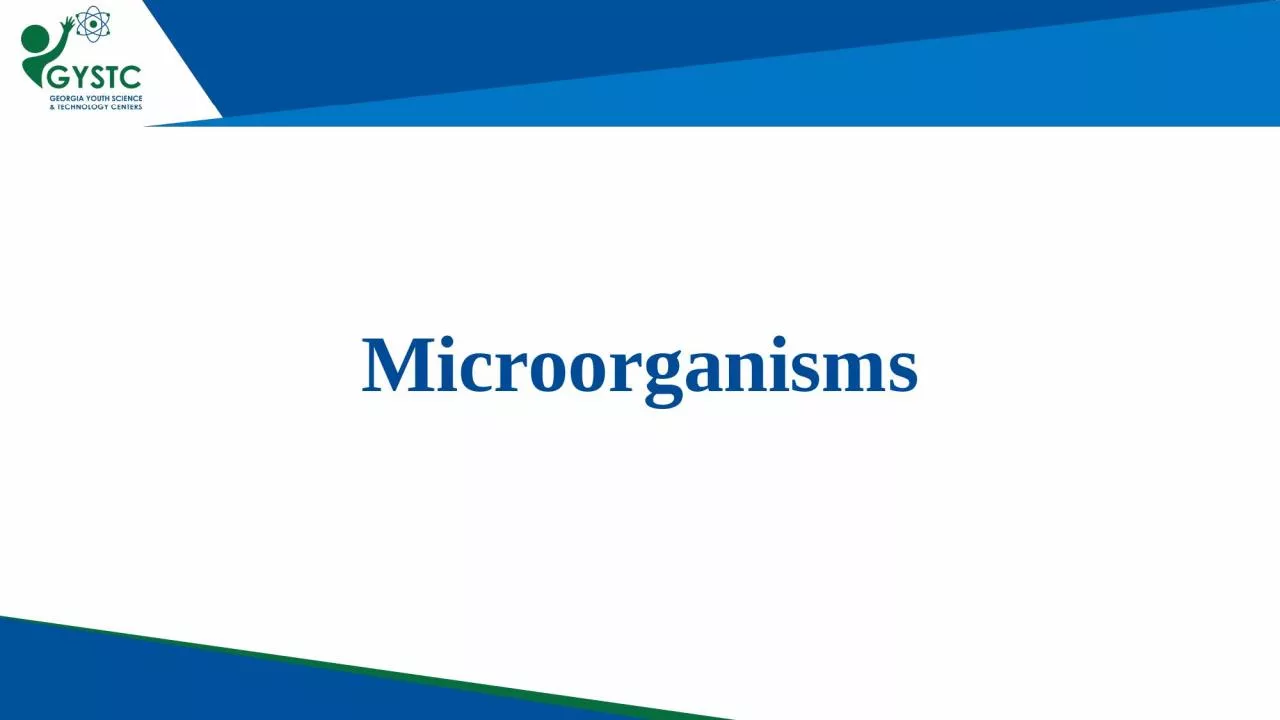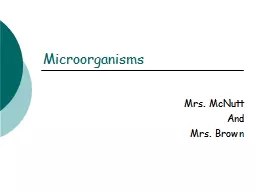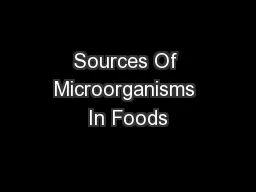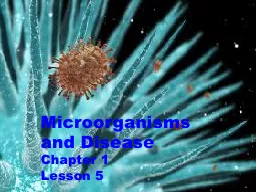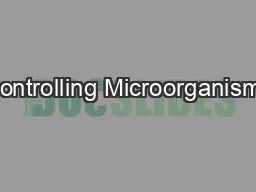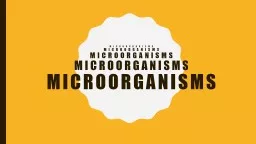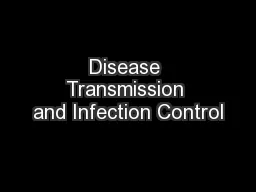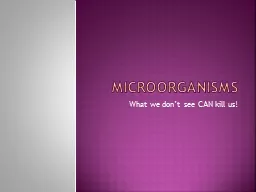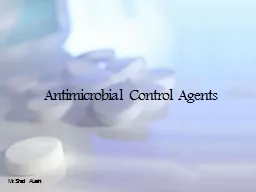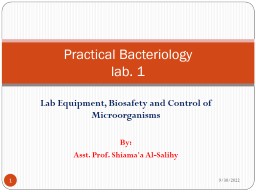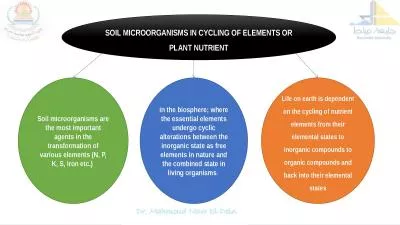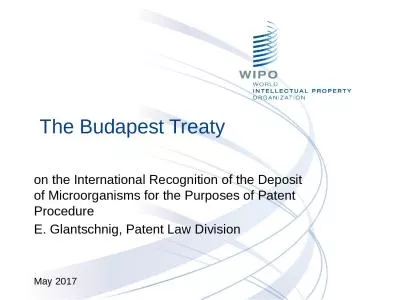PPT-Microorganisms Standard S5L4. Obtain, evaluate, and communicate information about how
Author : winnie | Published Date : 2024-02-02
a Construct an argument using scientific evidence to support a claim that microorganisms are beneficial b Construct an argument using scientific evidence to support
Presentation Embed Code
Download Presentation
Download Presentation The PPT/PDF document "Microorganisms Standard S5L4. Obtain, ev..." is the property of its rightful owner. Permission is granted to download and print the materials on this website for personal, non-commercial use only, and to display it on your personal computer provided you do not modify the materials and that you retain all copyright notices contained in the materials. By downloading content from our website, you accept the terms of this agreement.
Microorganisms Standard S5L4. Obtain, evaluate, and communicate information about how: Transcript
Download Rules Of Document
"Microorganisms Standard S5L4. Obtain, evaluate, and communicate information about how"The content belongs to its owner. You may download and print it for personal use, without modification, and keep all copyright notices. By downloading, you agree to these terms.
Related Documents

